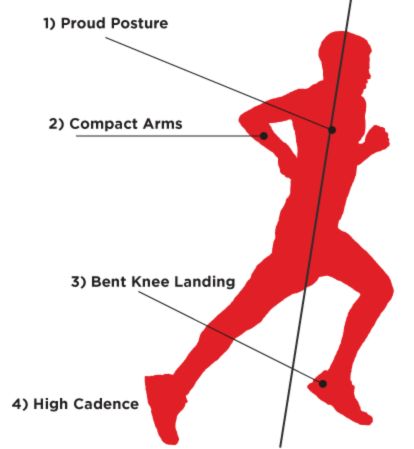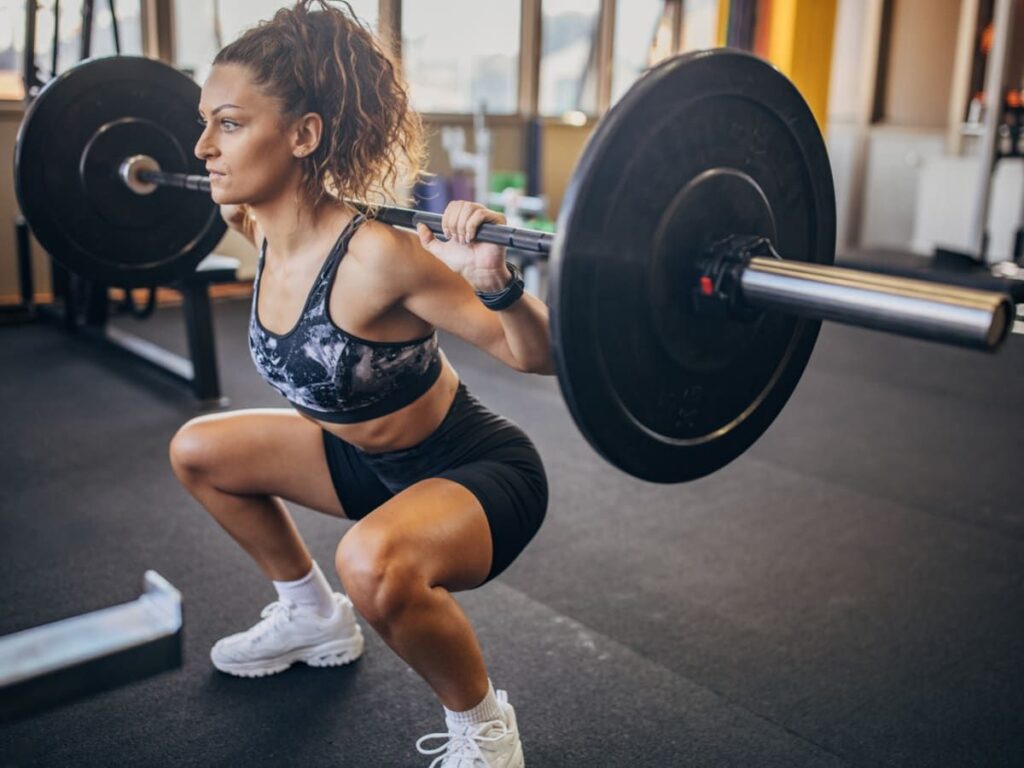When you think of running, you may not consider squats to be an essential exercise. Running is all about placing one foot ahead of the other, isn’t it? However, squats can also be an important addition to your workout routine to boost speed and endurance. Let’s look at how squats be beneficial to runners and how you can integrate them into your training program.
The Basics of Running
Before we begin to explore the squat-running relationship, it’s important to comprehend the fundamentals of running. Running mostly engages the muscles in the legs, which include the quadriceps and hamstrings as well as glutes muscle and calves. It’s also a very high-impact sport which puts a lot of strain on these muscles and joints.

The Role of Squats
Squats on the other hand are a compound exercise that works multiple muscles simultaneously, such as the quadriceps, hamstrings glutes, and the back of your lower. They also work your core muscles to help stabilize and balance. By incorporating squats in your workout routine, you will increase the strength of these muscle groups which could lead to improved performance on the track in many ways.
Enhanced Leg Strength
Squats are an excellent method to increase leg strength, particularly on the hamstrings and quads. Strength increases can allow you to generate more power with each step and allow you to run with greater efficiency and cover more distance using less effort.
Improved Running Economy
The running economy of a person is the gauge of how well your body utilizes oxygen when you run at a specific speed. A stronger leg muscle means you’ll be able to keep your pace while consuming less oxygen consumption. This boost in efficiency will allow you to achieve greater distances and not feel fatigued.
Injury Prevention
Strengthening of the muscles around your knees as well as hips, such as squats can tend to, aid in stabilizing the joints. This increased stability decreases the likelihood of running injuries such as patellofemoral pain syndrome.
Better Running Form
Squats help improve standing posture as well as body awareness. Maintaining a proper running form is vital to avoid injury and increase performance. A more solid core and better balance due to squatting could translate to a more upright, efficient running position.

Add Squats to Your Routine
To get the most benefit from the squats that are beneficial to run, it’s important to integrate them into your training plan. Here are some suggestions:
Start Slow: If you’re just beginning to learn about squats and squats in general, start by squatting with your body weight or lightweight weights. Gradually increase the intensity and weight, as your strength increases.
Balance Your Routine: Squats are only a small piece of the whole. Use them in conjunction with other strength-training exercises, and you’ll have an all-inclusive running routine that includes endurance speed, speed, as well as recovery run.
Consult a Coach or Trainer: Coaching or a trainer can help you create a plan of action that meets your goals for running and requirements.
Listen to Your Body: Be aware of how your body reacts when you do squats. If you feel discomfort or pain, alter your posture or seek advice.
FAQs (Frequently Asked Questions)
What squat variations are most beneficial for runners?
Variations such as bodyweight squats, goblet squats, and front squats, as well as back squats, are beneficial to runners. The bodyweight squats are ideal for those who are just starting, and adding resistance slowly with the correct form will help build strength.
How often should runners do squats?
It is important to note that the frequency and duration of these workouts may vary according to individual fitness levels and objectives. In general, including squats in an exercise routine 3 times each week, while allowing sufficient rest between sessions could be beneficial to most runners.
Can squats prevent running-related injuries?
The strengthening of muscles with squats will improve stability and balance overall which could reduce the risk of injuries that are related to running. But, it’s important to incorporate squats into a comprehensive training program as well as the correct running technique for injury prevention.
Are there any precautions to consider when doing squats for runners?
It is essential to keep the proper posture while doing squats to avoid injuries. For beginners, it is recommended to start by using lighter weights or bodyweight squats before gradually increasing the intensity. Consultation with a fitness professional for advice can be beneficial.
How does squatting affect long-distance running performance?
Squatting improves running performance by enhancing the strength of leg muscles, enhancing endurance, decreasing fatigue, and aiding in the prevention of injury.
Does running increase or decrease squat strength?
Running helps improve leg muscle endurance, but it may not be able to significantly boost strength in squatting. Squat exercises that are targeted are more efficient for building strength.



